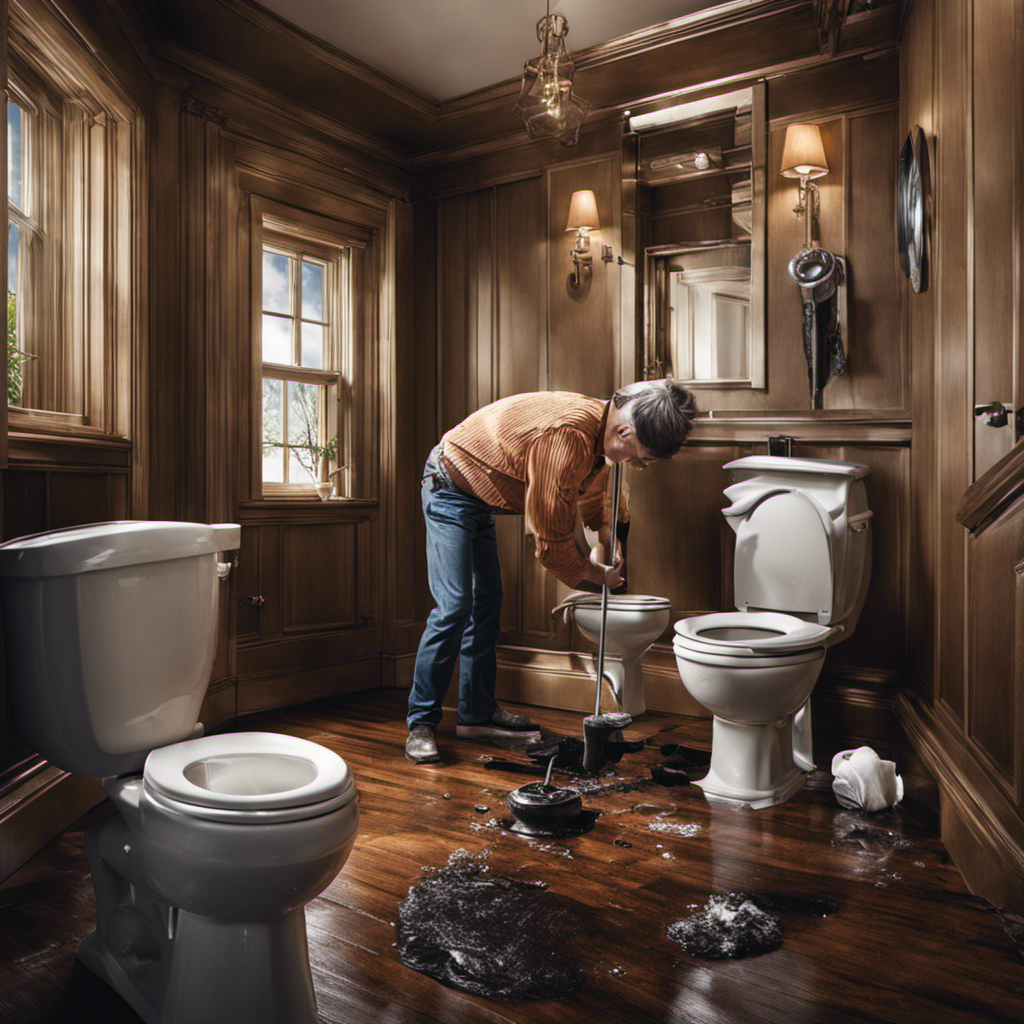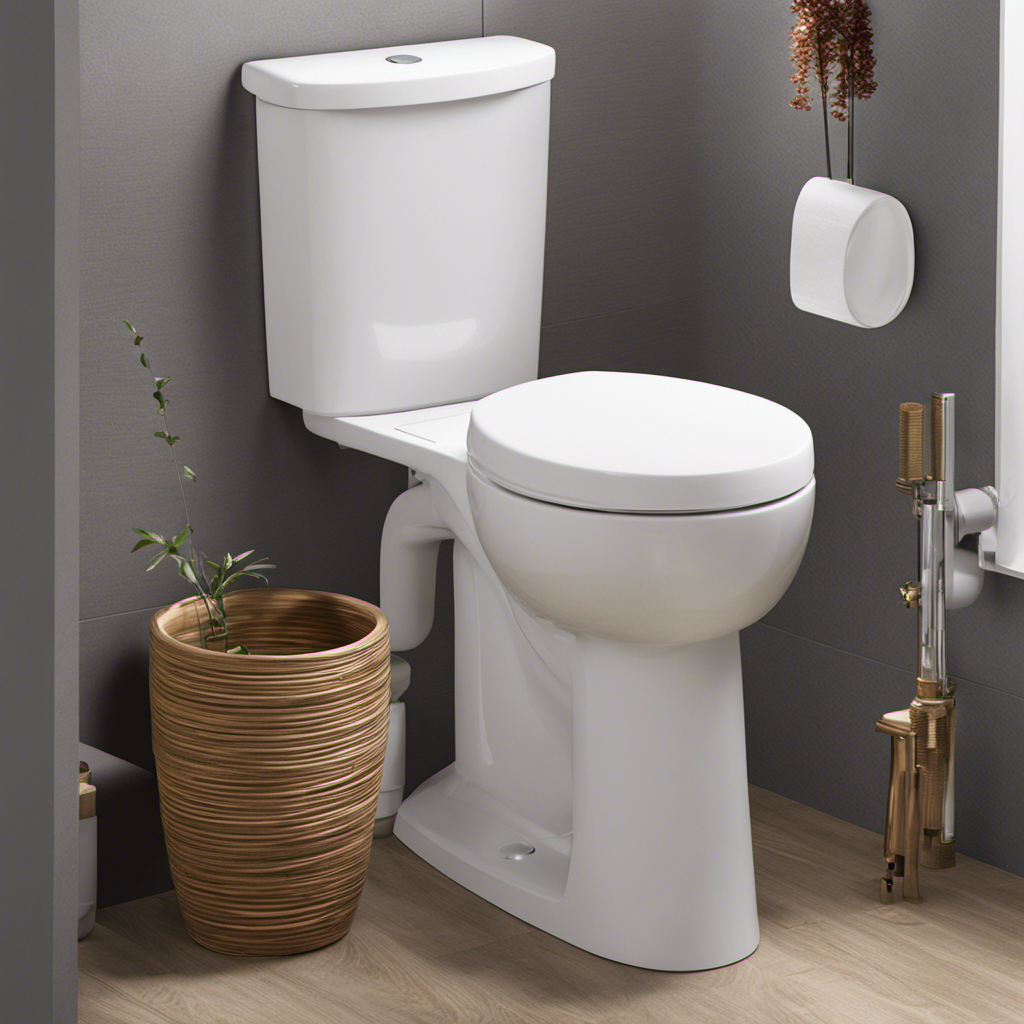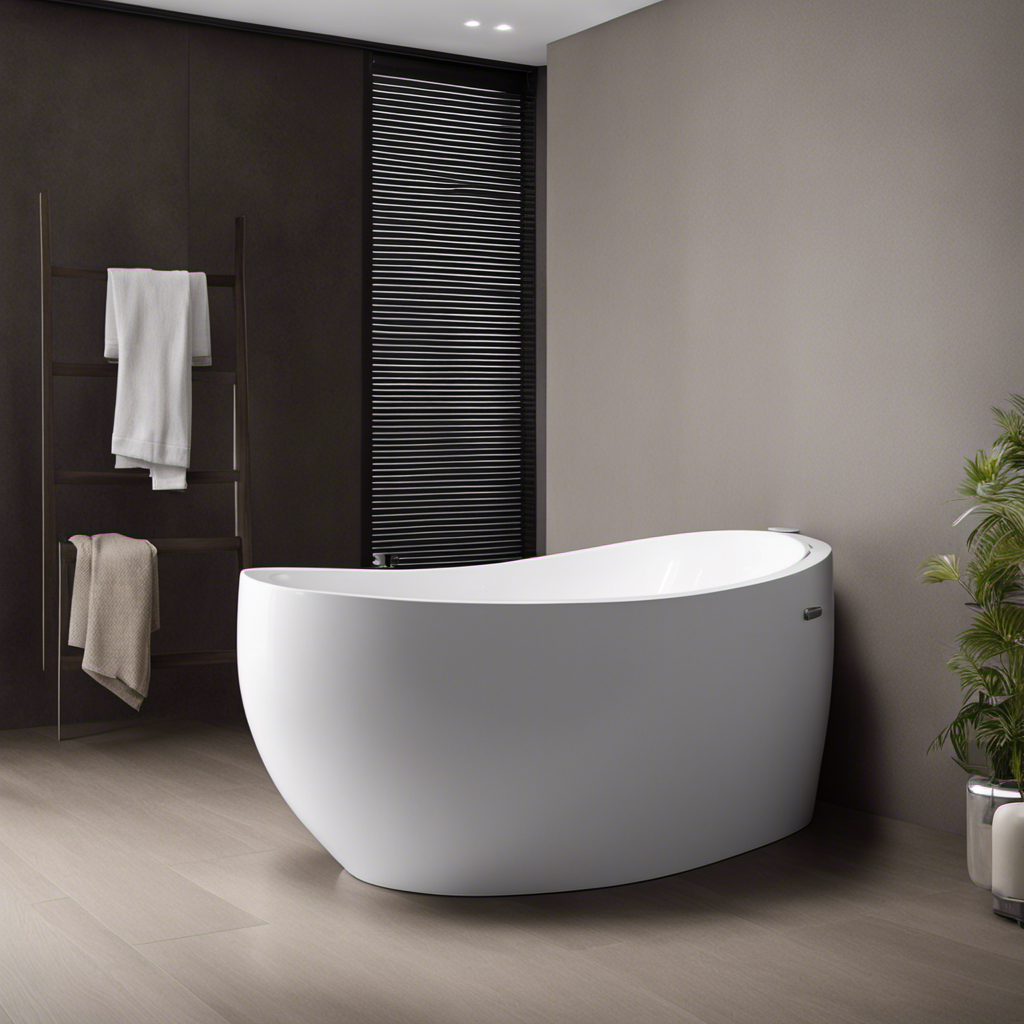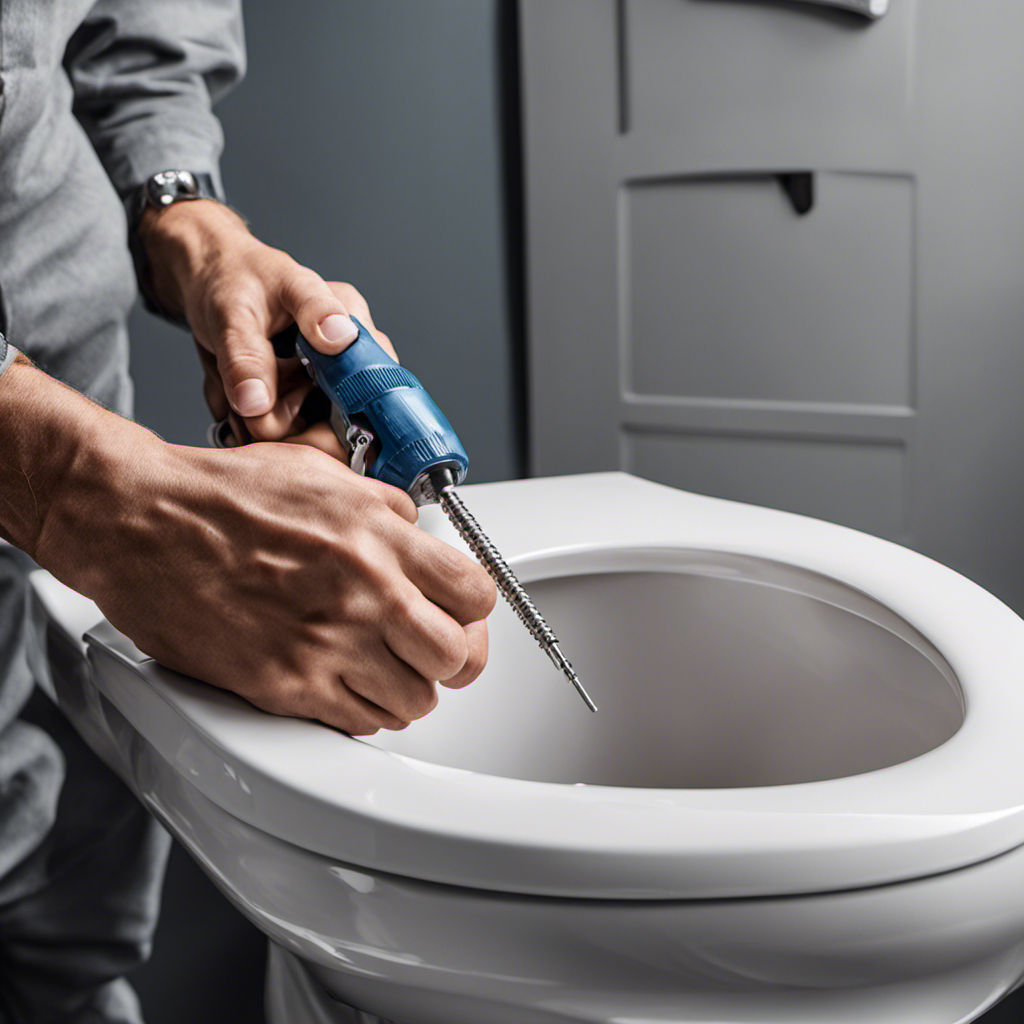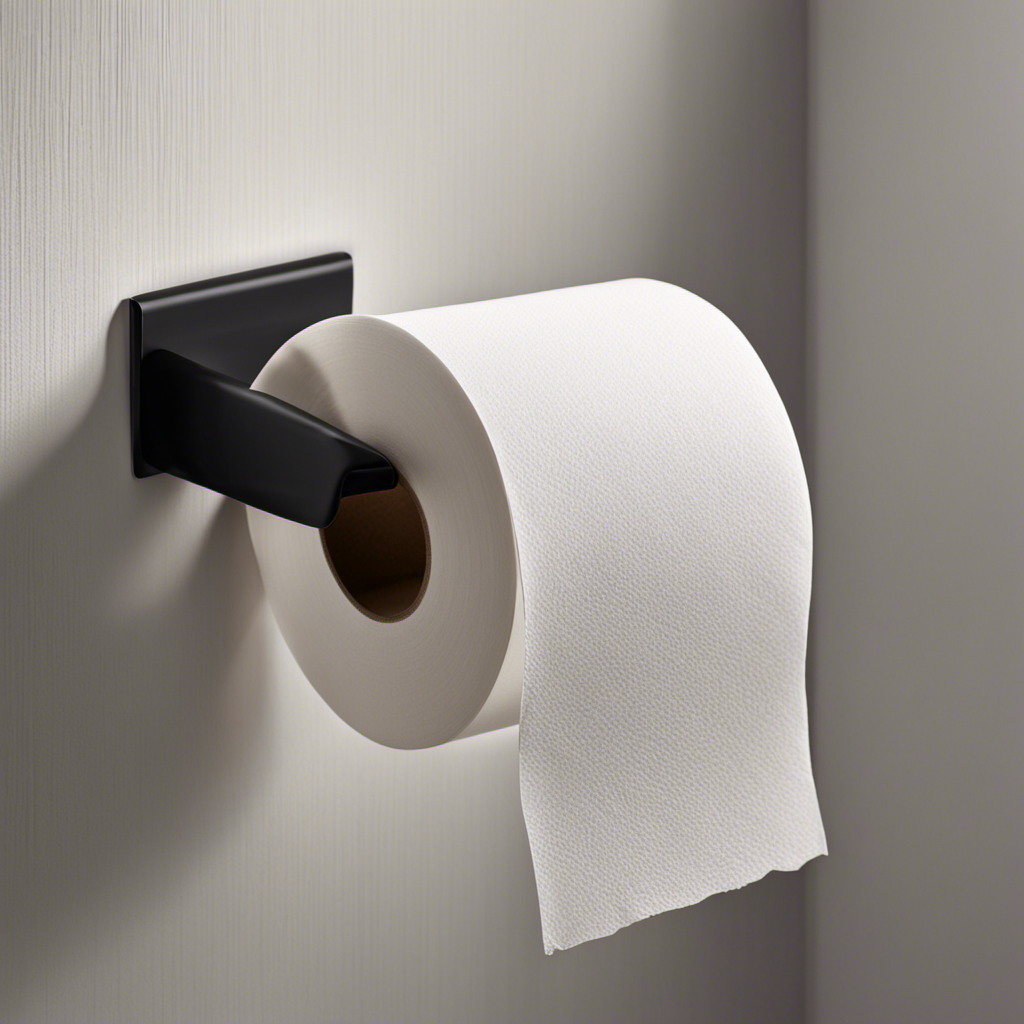So, you’ve found yourself in quite the situation, haven’t you? A clogged toilet can be a real headache, but fear not, because we’ve got just the solution you need.
In this article, we’ll show you the best way to unclog your toilet and get things flowing smoothly again. With a few simple steps and some handy tools, you’ll be back to business in no time.
So let’s dive right in and put an end to this messy predicament once and for all.
Key Takeaways
- Excessive toilet paper and non-flushable items can cause toilet clogs.
- Low water pressure or weak flush can contribute to clogging.
- Using a high-quality plunger and toilet auger can help unclog toilets.
- Taking preventative measures and regularly maintaining the toilet can prevent future clogs.
Common Toilet Clogging Issues
If you’re experiencing frequent toilet clogs, it’s likely due to common issues such as flushing excessive toilet paper or non-flushable items. These are two of the main causes of toilet clogs that many people face.
When you use too much toilet paper, it can easily accumulate and block the pipes, leading to a clog. Similarly, flushing items like baby wipes, sanitary products, or even small toys can cause blockages.
To effectively plunge a clogged toilet, start by ensuring there is enough water in the bowl to cover the plunger. Place the plunger over the drain hole and push down firmly. Then, pull up quickly to create suction. Repeat this motion several times until the water starts to drain.
Tools and Materials Needed for Unclogging
The tools and materials you’ll need for unclogging include a plunger and a bucket. These are essential for tackling common toilet clogging issues effectively.
Here are some key points to keep in mind:
-
Plunger:
-
Choose a high-quality plunger with a sturdy handle and a strong rubber suction cup.
-
Make sure the plunger is the right size for your toilet bowl to create a proper seal.
-
Bucket:
-
Keep a bucket nearby to collect any overflow or debris during the unclogging process.
-
This will help prevent water damage and make cleanup easier.
Understanding the causes of toilet clogs and employing the right unclogging techniques can save you time, money, and frustration. By using a plunger and a bucket, you’ll have the essential tools to tackle the most common toilet clogs effectively. Remember to apply steady pressure and use proper plunging techniques to dislodge the clog.
Step-by-Step Unclogging Process
To begin the unclogging process, you’ll need to gather the necessary tools and materials. Once you have everything ready, you can follow these step-by-step instructions to unclog your toilet.
First, assess the situation and identify the cause of the clog. Common toilet clogging causes include excessive toilet paper, foreign objects, or a buildup of waste and debris.
Next, try using a plunger to dislodge the clog. Make sure to create a tight seal and use strong, forceful plunging motions.
If the plunger doesn’t work, you can try using a toilet auger to break up the clog. Insert the auger into the toilet bowl and rotate it to clear the blockage.
Preventative Measures to Avoid Future Clogs
One way to prevent future clogs is by being mindful of what you flush down the toilet. By following these simple steps, you can ensure proper toilet maintenance and avoid plumbing issues:
-
Be cautious of what you flush: Only flush toilet paper and human waste down the toilet. Avoid flushing items like wipes, tampons, or paper towels, as they can easily cause clogs.
-
Use a toilet strainer: Install a toilet strainer to catch any large debris before it goes down the drain. This will help prevent clogs and keep your plumbing system running smoothly.
Additional Tips and Tricks for Unclogging Toilets
Here are a few more tips to help you unclog your toilet and get it back in working order.
When faced with a clogged toilet, there are natural DIY remedies you can try before calling a professional plumber. One effective method is to use a mixture of hot water and dish soap. Simply pour a generous amount of dish soap into the toilet bowl, followed by hot water. Let it sit for a few minutes and then flush.
Another option is to use a combination of baking soda and vinegar. Pour about a cup of baking soda into the toilet, followed by a cup of vinegar. Let it fizz for a few minutes before flushing.
If these remedies don’t work, it’s time to call a professional plumber. They have specialized tools and equipment to tackle stubborn clogs and ensure your toilet is functioning properly.
Conclusion
In conclusion, unclogging a toilet may seem like a daunting task, but with the right tools and knowledge, you can easily tackle the job.
Remember the wise adage, ‘An ounce of prevention is worth a pound of cure.’ By taking preventative measures and being mindful of what you flush down the toilet, you can avoid future clogs and save yourself from the hassle of unclogging.
So next time you find yourself facing a clogged toilet, you’ll be well-equipped to handle the situation with confidence and ease.
